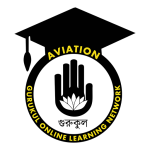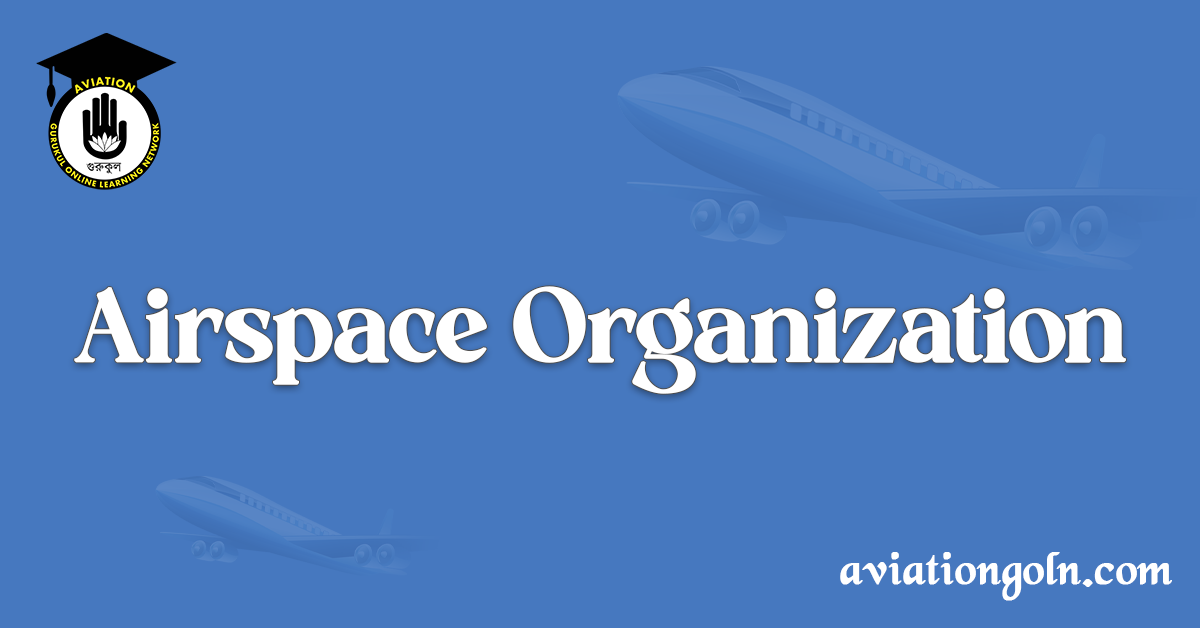The sky above us may seem like a vast expanse of endless blue, but for the thousands of aircraft that navigate it every day, it is an intricately organized, carefully regulated, and well-defined three-dimensional network. This unseen infrastructure, known as airspace, is critical to ensuring safe and efficient flight operations. The organization of airspace is a complex and fascinating aspect of aviation, encompassing aspects such as flight levels, airspace classes, airways, and sectors. This article delves into these details, shedding light on the “invisible highways” in the sky.
Airspace Organization

The Concept of Airspace
Airspace is the portion of the atmosphere controlled by a country above its territory and over the sea which it has been internationally agreed, where the country can provide its air navigation services. It is divided into two main categories: controlled and uncontrolled airspace.
Controlled airspace is an area of defined dimensions within which air traffic control service is provided to IFR (Instrument Flight Rules) flights and to VFR (Visual Flight Rules) flights as per the level of control chosen. Uncontrolled airspace, on the other hand, is airspace where an Air Traffic Control (ATC) service is not deemed necessary or cannot be provided for practical reasons.

Flight Levels and Altitude System
The fundamental component of organizing airspace is the altitude system, which divides the sky into various layers or flight levels. These flight levels are essentially altitude bands defined by pressure rather than the actual height above the ground, measured in hundreds of feet.
For instance, Flight Level 300, often written as FL300, corresponds to a pressure altitude of 30,000 feet. This altitude system facilitates the safe and orderly movement of aircraft by ensuring separation between them, thereby reducing the risk of mid-air collisions.

Airspace Classes
Airspace is further classified into different categories, from Class A to Class G, each with its own regulations concerning visibility, cloud clearance, equipment requirements, and air traffic control service.
Class A is the most strictly controlled. It’s typically found at flight levels above 18,000 feet and only allows IFR flights. Pilots must be fully instrument-rated as visibility rules don’t apply because separation is provided by ATC.
Class B to E airspace involves both IFR and VFR flights, with varying degrees of control. Class B, often surrounding the busiest airports, requires an ATC clearance for all aircraft. Classes C and D have specific requirements for pilot certification and equipage, whereas Class E is controlled but has the least restrictions.
Class F is used in some countries for special activities, and it can be either controlled or uncontrolled. Class G is uncontrolled airspace where pilots can fly without ATC clearance, mainly operating under VFR.

Airways and Air Routes
Airways can be thought of as the “highways” in the sky. These are predefined routes that aircraft follow, enabling them to travel safely from one point to another, particularly across long distances or congested airspace. Airways are usually found within controlled airspace and are defined by navigational aids, such as VORs (VHF Omnidirectional Ranges) and GPS waypoints.
Just as highways on the ground have two-way lanes, airways have tracks for aircraft flying in opposite directions to maintain safe separation. Vertical separation is also ensured by assigning different flight levels to aircraft based on their direction of flight.

Sectors
Airspace is also divided into sectors managed by different ATC units. These sectors can be based on geographical boundaries or flight levels. Controllers in each sector have the responsibility for managing all aircraft within that airspace portion. As an aircraft proceeds along its route, it might pass through several sectors, each time transitioning to a new controller.

Air Traffic Control and Airspace
Air Traffic Control (ATC) is integral to airspace organization. Controllers monitor and direct aircraft, ensuring they maintain safe distances from each other. They provide pilots with vital information, including weather updates, runway conditions, and other data that may affect flight safety or efficiency.
In controlled airspace, controllers manage aircraft take-offs, landings, and en-route travel, providing instructions for heading, altitude, and speed. In many cases, they also coordinate airspace usage for military operations, law enforcement activities, and emergency services.

International Airspace and Oceanic Control
International airspace is governed by agreements through the International Civil Aviation Organization (ICAO), which has divided the world into Flight Information Regions (FIRs). Each FIR is controlled by a specific country, even when it covers international waters.
Over the ocean, where ground-based navigation aids are ineffective, specific procedures are in place for aircraft navigation and ATC. This Oceanic Control relies heavily on satellite-based navigation and communications systems, as well as stringent procedures to ensure aircraft maintain separation.

The organization of airspace is a complex yet remarkable system that keeps our skies safe. It operates seamlessly, largely unnoticed by the billions of air travelers who benefit from it every year. The next time you look up at the sky, remember the invisible highways, lanes, and traffic controllers that are continuously at work, guiding flights through their journeys. Understanding the principles of airspace organization brings a new level of appreciation for the complexity and safety of modern aviation.
The organization and control of airspace are continually evolving with advancements in technology and changes in the demands of air travel. With emerging trends such as drone operations, commercial space flights, and the increasing emphasis on reducing environmental impact, the invisible infrastructure above us will continue to adapt and change. Yet, the ultimate goal will remain the same – to ensure that every flight is conducted safely, efficiently, and smoothly.
See more:
